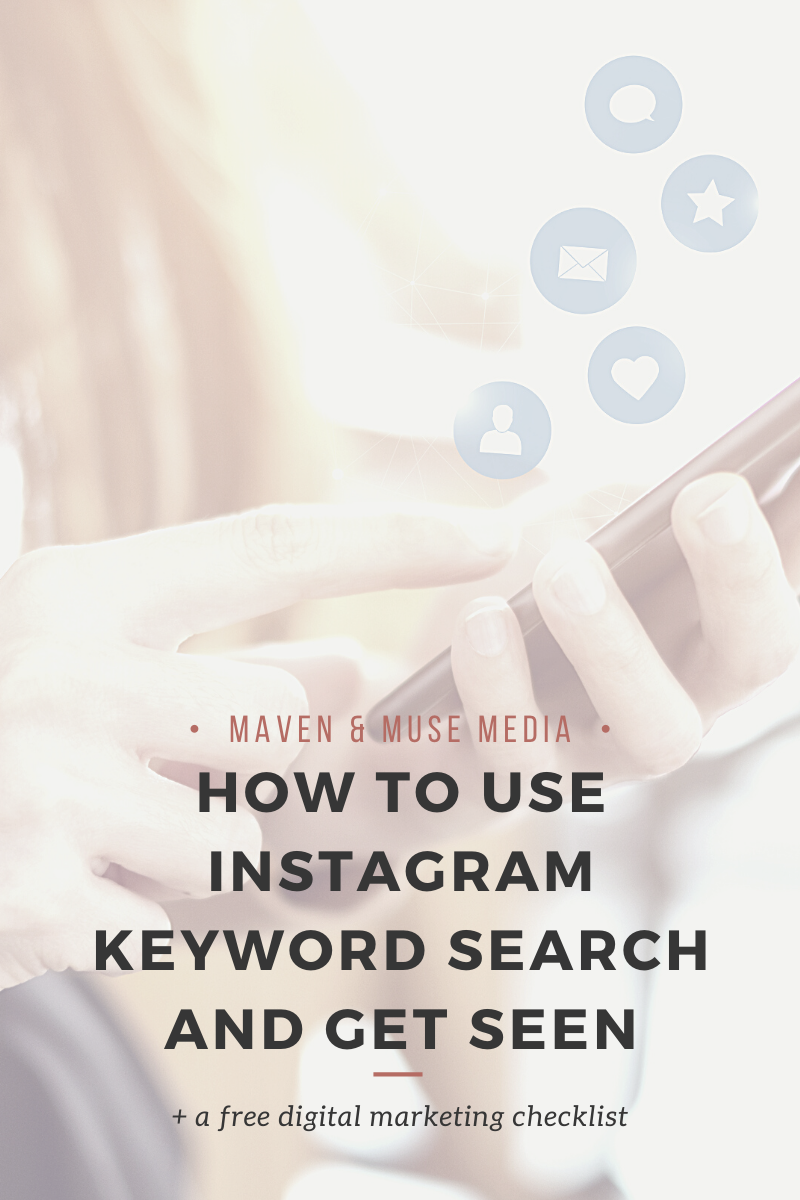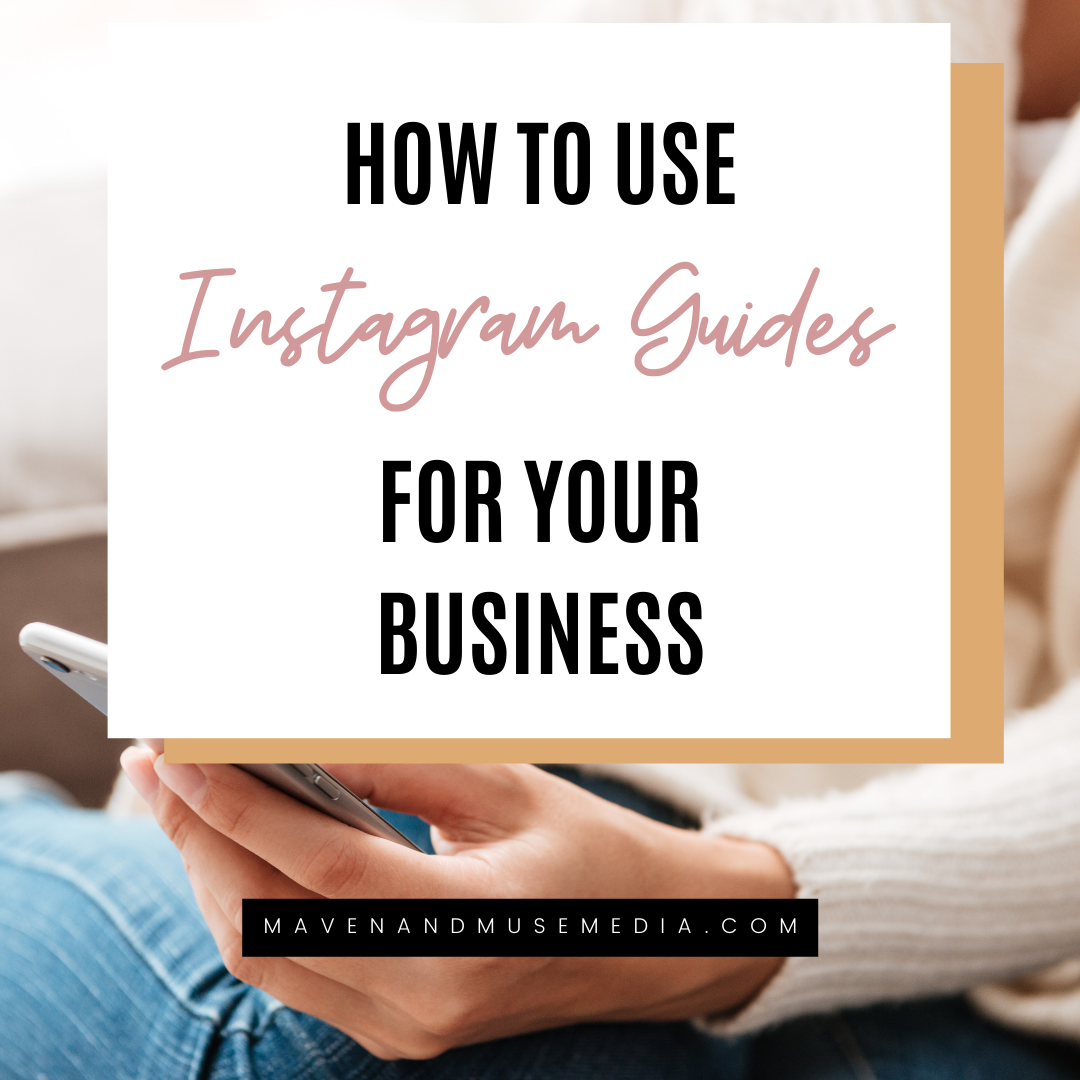A few weeks before the US election, Instagram removed the search hashtags in the explore tab to stop the spread of misleading information.
While we were all annoyed that the hashtag search was disabled, they rolled out Key Word Search, which to me is a million times better than just a hashtag search. There is so much optimization potential in this feature; let’s start to think of it as SEO for Instagram.
Previously, you could only use keywords to find Instagram profiles in the name, user name,, or bio. Now, however, you can use keywords to search posts as well.
As part of the Explore page, Instagram Search is the directory to every account in the app. Just like you would type a search term into Google, you can use the search bar on top of the Explore page to find and discover accounts, posts, hashtags, and locations.
For example, if you search “linen spray,” in the search bar Instagram will populate several recommendations in the search results that contain that keyword.
First, you will see posts with “linen spray” and its variations written in their caption. Next, you will see any accounts with “linen spray” composed in their bio, and lastly, you will see hashtags with the keyword you are searching.
When you click on one of the keyword search results, you’re directed to a page featuring posts that are related to the keyword- along with other relevant keywords at the top of the page. These posts make their way here because the keyword has been written in the caption itself.
What does this mean for you?
Adding keyword searching is huge news, and there are more opportunities to have your content discovered in the Explore tab! Hootsuite released its 2020 statistics and said that 45% of internet users say they use social to find a product or service. The shopping statistic is colossal news. Knowing that almost half of internet users use social media to discover a product or service, you can optimize your Instagram posts for various relevant keywords and get found faster and easier than the hope and guess hashtag game.
The keyword search feature is currently only available on the grid form. Keyword optimization is not installed on Reels, IGTV, Stories, Shopping, or anything else. However, when you optimize your Instagram posts for various keywords by writing descriptive captions and including alt text, you better your chances of being found in the sea of photos.
The rollout of keyword optimization signals that Instagram could be moving toward adding SEO into the algorithm, which ultimately comes down to how it will optimize your content to be as discoverable as possible in the explore tab. It is now more important than ever to begin getting accustomed to writing keyword-enriched captions. Most users do not even understand what precisely this rollout does, so if you can start to make it work for you before the masses learn how you’re one step ahead of your content being seen.
On March 9th I will be teaching an Instagram Best Practices Zoom Room on how to implement using keywords into your content strategy. Register Here.
Speaking of getting seen, have you downloaded your copy of Maven & Muse’s Social Media Marketing Checklist to optimize your social profiles and keep them operating at full capacity.











